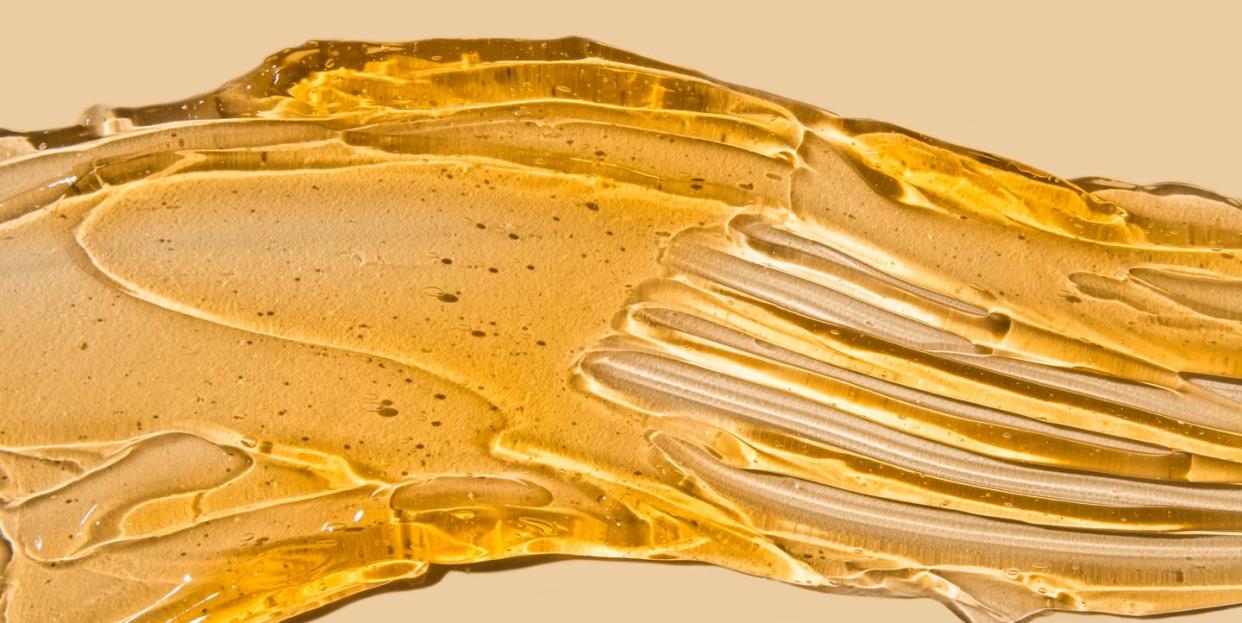What Is Sugaring? Everything You Need to Know About the Hair Removal Method

Whether it’s your eyebrows or your legs or your bikini line, hair removal can be a painful, and oftentimes pricey, business. Plus, there are so many hair removal options these days—shaving, threading, waxing, laser—that it can be hard to decide which route is right for you.
Enter sugaring (or sugaring wax): the latest trend in the world of hair removal. And if your skin tends to be on the more sensitive side, this route may be in your best interest.
We spoke with dermatologists, as well as estheticians (ie. waxing professionals) to tell you everything you need to know about sugaring and why you might want to look into it before booking your next brazilian.
What is sugaring?
Although it’s recently trending, “sugaring wax is a method that dates back to 1900 B.C. when Persia created the formula because of their sugar resources surrounding the region,” says Caela Bulzing of Caela Esthetics. She explains that the sugaring wax is “a sticky substance at room temperature applied to the skin and hair to remove hair similar to hard or soft wax.”
Bulzing says sugaring is “a combination of natural ingredients which sometimes include sugar, water, and lemon.” She notes that one of the most important benefits of sugaring wax is that it can be applied at room temperature,“which is ideal for those with sensitive skin and prevents the possibility of burns.”
Sugaring vs. waxing
What’s the difference between sugaring wax and traditional waxing? Peterson Pierre M.D., board-certified dermatologist at the Pierre Skin Care Institute, says that the two options are similar in that they're both forms of hair removal and that there's no clear winner, it's just up to personal preference. According to Dr. Pierre, both sugaring and waxing last about 3-4 weeks and cost roughly the same.
“Regular waxing has you apply the wax in the same direction of hair growth while removing it in the opposite direction,” explains Dr. Pierre. In contrast, he says that “the sugaring process itself is a gentle form of hair removal where the sugar is applied in the opposite direction of hair growth and the hair is then removed in the same direction that it grows.”
As was mentioned before, one of the biggest differences is that sugaring can be applied at room temperature, which is ideal for those with sensitive skin and prevents the possibility of burns. After applied, “it’s pulled off to remove the hair by the follicle which causes a reduction in hair growth,” says Bulzing.
Benefits of sugaring vs. waxing or alternative hair removal methods
Sugaring can be a great hair removal option as opposed to alternatives because of its cooler temperature and because it can be applied in multiple directions rather than just the direction of the hair growth, so there is less breakage to the hair, explains Bulzing. She adds that sugaring is commonly hypoallergenic. Lastly, Bulzing says, “sugaring only attaches to hair and dead skin, so it won’t remove new skin cells, which means it is less painful.”
Sugaring is better for those with sensitive skin and is less painful than electrolysis though the results aren’t permanent, says Dr. Pierre. He adds that sugaring “can be performed at home and is less expensive than laser hair removal, but is more time-consuming and definitely not permanent.”
Is sugaring right for you?
Bulzing truly believes personal preference and what is best for the client should be a factor in choosing which hair removal process is best for them. “Although sugaring can be gentle and colder, some people prefer waxing and the warm sensation. If someone is sensitive or having discomfort, irritation or ingrown hairs with warm wax, I would definitely recommend sugaring to those!”
If you already look forward to your regular waxing appointments, then by all means, continue to wax away. But if your sensitive skin isn’t tolerating the hot wax very well, you may want to look into sugaring options before you schedule your next session at the waxing salon.
You Might Also Like

